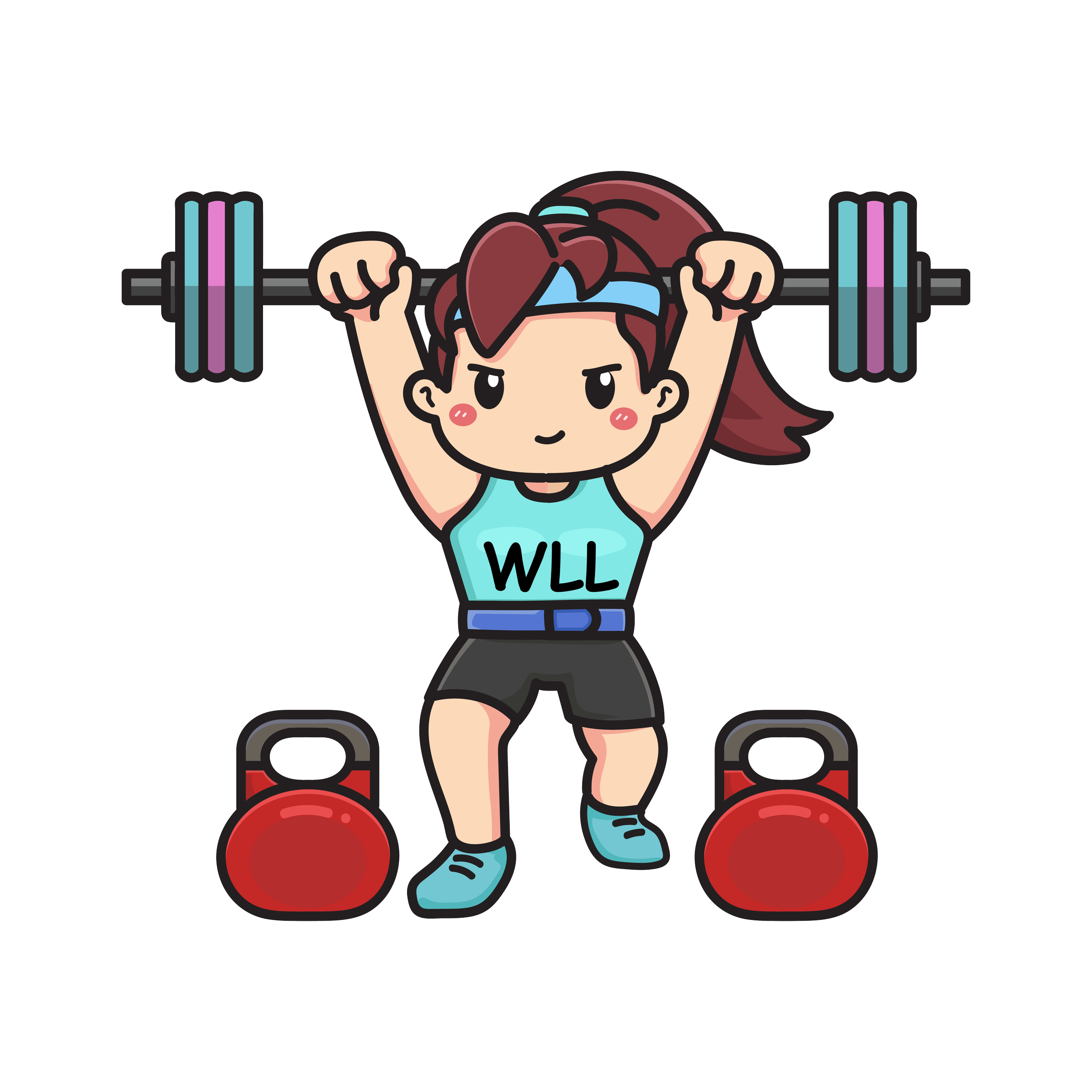Effects of Exercise on the Bone Health of Women
Osteoporosis is a condition that causes bones to become weak and brittle — so brittle that a fall or even mild stresses such as bending over or coughing can cause a break. Osteoporosis-related breaks most commonly occur in the hip, wrist or spine.
As of 2022, osteoporosis causes over 8 million fractures a year. Worldwide, one in three women after the age of 50 will experience a fracture related to osteoporosis. With bone as well as muscle being a hormonally sensitive organ, much of the largest changes occur leading up to and during menopause. It is estimated that a 10% increase in peak bone mass will delay the onset osteoporosis in women by 13 years.
Bone is living tissue that is constantly being broken down and replaced. Osteoporosis occurs when the creation of new bone doesn't keep up with the loss of old bone. It affects women of all races. Women that are sedentary or those that don’t exercise are at risk with the highest risk occuring to women after menopause. Medicines, healthy diet and weight-bearing exercise can help prevent bone loss or strengthen already weak bones.
Nutritonal Changes
It’s important to start a bone-friendly lifestyle as soon as possible. This means women should prioritize calcium, vitamin D, and protein in their diets. Stress should be managed and sleep should be optimized. Alcohol should be limited as it can reduce the absorption of calcium in the intestine in addition to interfering with vitamin D metabolism. Studies have found that consuming 1 gram of protein per kilogram of body weight per day should be a bare minimum requirement. Of course, if you exercise and/or if you are physically active during the day then a greater amount of protein should be considered.
Exercise
Let’s take a look at exercise. Physical inactivity has been implicated in bone loss and is associated with significant health costs. Increasing evidence has shown that muscle mass and strength is an important risk factor for fractures as well as a protector. Most bone fractures occur because of a fall. You can use exercise to not only build muscle and strength in the bone but to also improve balance and proprioception, which is the bodies ability to sense where it is in space (i.e. your knee lifts high enough to clear stairs).
Exercise has been shown to slow the rate of bone loss, which can reduce the risk of fractures from osteoporosis. Exercise works because it requires the body to lay down new bone in response to the tension placed upon it. So what kind of exercise are we talking about?
Progressive Resistance Training
Both aerobic and resistance training exercise can provide weight-bearing stimulus to bone, however, research indicates that resistance training may have a more profound site specific effect than aerobic exercise. Increasing the amount of force and tension applied to the bone is important to slow the onset of osteoporosis.
Strength and resistance training are the most studied techniques to increase bone mass density (BMD). The rationale of these exercises lies in the mechanical stimulus indirectly produced on the bone. Like weight-bearing exercises, the strength exercise determines a joint reaction force and muscle strengthening, producing an important clinical benefit on the BMD. This can improve BMD anywhere but certain areas usually take on greater loads such as the lumbar spine and the femoral neck (i.e. femur/hip).
The effectiveness of strength training in the hip and spine sites is related to the intensity of the training; for example, squat and deadlift exercises require high loads (70-90% of a maximum repetition) for 8-10 repetitions of 2-3 sets performed at least for 1 year, 3 times a week for 45-70 minutes per session. In particular the following types of exercises would be able to increase bone density: (1) weighted squats, hack squats, hip extension, hip adduction, knee extension, and hamstring curls; (2) weighted step-ups on a box, power cleans, push presses (3) standing shoulder presses, lat pull down, seated rows, and torso rotations; (4) back extension exercises, chest press, trunk extension, elbow flexion (i.e. biceps curls), wrist curl, triceps extension, and loaded forearm pronation and supination. Another example would be those women who are at risk for vertebral fractures; simple training programs that include low back extension in the prone position would be beneficial.
Progressive Overload and Tempo
The peak load exerted is more important than the number of repetitions when seeking to increase bone mass in women. This means lift HEAVY! Another consideration is that women require a greater intensity of exercise to obtain certain results in bone mass. This means that the training must balance agonist and antagonist muscle groups while factoring in the speed of how the movement is performed in order to obtain greater osteogenic stimulation.
Hence, it is always important to take into account that the speed of execution during movements is pertinent to obtaining greater osteogenic stimulation (i.e. bone growth). The effectiveness of progressive resistance training is considered the best type of training for postmenopausal women to improve both spine and hip BMD.
The programming at Women’s Lift Lab factors all of these training nuances to ensure members get the best workout and avoid conditions such as osteoporosis. Do you have questions about your training? Sound off in the comments!


